
You want to keep your home safe. You also want your family to be safe. More than half of homes in the U.S. have at least one security camera. People put up home security cameras for many reasons. Here are some of the most common reasons:
| Reason | Description |
|---|---|
| Deterrence of Crime | Cameras can make burglars and vandals stop and think. |
| Real-time Monitoring | You can watch what is happening at any time. |
| Safety of Children and Pets | Watching your kids and pets helps you feel calm. |
| Potential Insurance Discounts | Some insurance companies give you savings if you have a home security camera system. |
| Affordability | New technology makes security cameras cheaper and easier to set up. |
Picking the right system means you match features to your needs. You can do this one step at a time. With some help, you will find the best system for your home.
Key Takeaways
- Make a list of places you want to watch, like doors and living rooms.
- Pick indoor or outdoor cameras for each spot you need. Outdoor cameras can handle rain and sun. Indoor cameras work best inside.
- Look for things like picture quality, night vision, and motion alerts. These help you see clearly and get smart warnings.
- Choose how you want to save videos. Local storage lets you keep control and skip monthly payments. Cloud storage lets you see videos from anywhere, but you might pay every month.
- Use a checklist when you pick your camera system. This helps you avoid mistakes and makes sure you stay safe.
Identify Your Security Needs
What to Monitor at Home
Before you choose a security camera, think about what you need. Decide what you want to watch. Do you want to see your front door, driveway, or backyard? Maybe you want to check on your kids or pets in the living room. Make a list of the most important places.
Here are some places people often watch with home security cameras:
- Driveways: You can see who comes and goes. This helps you know about cars and visitors.
- Entry Points: Most break-ins happen at front doors or garages. A camera here can help stop problems.
- Entryways and Hallways: These spots show movement inside your house.
- Common Areas: Living rooms and kitchens often have valuable things.
Tip: Walk around your yard and look for weak spots. Check for dark corners or hidden places. These are good spots for a security camera.
When you plan your home security camera system, think about how many cameras you need. The size of your house and the number of doors will help you decide. You also need to think about your budget and the features you want. Some systems have HD security cameras, wireless security camera options, and night vision. These features can make your system work better.
Indoor vs Outdoor Security Cameras
You need to pick between indoor security cameras and outdoor security cameras. Each type is good for different things. Indoor cameras work best in places like hallways or living rooms. Outdoor security cameras are strong. They can handle rain, sun, and rough weather.
Here’s a quick look at how they are different:
| Feature | Indoor Cameras | Outdoor Cameras |
|---|---|---|
| Design and Durability | Made for inside, not as tough | Made for bad weather, weatherproof cases |
| Field of View | Good for small spaces | Wider view for big areas |
| Lighting Conditions | May have night vision, but not as strong | Made for different light, often with IR LEDs |
| Connectivity | Can be wired or wireless | Can be wired or wireless |
Outdoor security cameras usually have better night vision and are stronger. They help protect your home from outside dangers. Indoor security cameras help you see what happens inside. You can use both types to cover your whole home.
Note: Knowing your security needs helps you pick the right security camera system for your home. You will feel safer when your home is protected.
Types of Home Security Cameras

When you look for home security cameras, you will see many kinds. Each kind is good for different needs. Here is a table to show the main types:
| Type of Camera | Description |
|---|---|
| Analog Cameras | Send video signals in analog format through cables to a recorder. |
| IP Cameras | Use digital tech to send video over your home network. |
| Indoor Security Camera | Watch what happens inside your house, sometimes with audio. |
| Outdoor Security Camera | Built to handle weather, perfect for outside use. |
| Video Doorbell | Combines a doorbell, camera, and speaker so you can talk to visitors. |
| Wireless Security Camera | Easy to set up, lets you check footage from your phone, often with motion alerts and two-way audio. |
| Doorbell Camera | Watches your front door and lets you talk to people at your door. |
Wired and Wireless Options
You can choose wired or wireless security camera options. Wired cameras use cables for power and video. They give a steady connection and clear picture. You do not have to worry about losing signal. But, putting them in can be hard. This is true if you rent or want to move them later.
Wireless security camera systems are much easier to set up. You can put them almost anywhere with good Wi-Fi. They are great for apartments or if you want to add more cameras later. Sometimes, weak Wi-Fi can cause problems. Most people like how easy they are to use.
Tip: Wired cameras are good for big houses. Wireless security camera options are best for quick setup or small spaces.
Battery and Solar-Powered Cameras
Battery-powered home security cameras are very flexible. You can put them where you need them. They are easy to install, but you must charge or change the batteries often. Solar-powered cameras use sunlight to work. These outdoor cameras need less care and are good for far away places. Solar-powered options cost more at first, but you save time and work later.
If you want a system that needs little work, solar-powered home security cameras are smart. They keep your security systems working, even if you forget about them for a while.
Video Doorbells and Specialty Cameras
Video doorbell cameras and specialty cameras give you more security. A video doorbell camera lets you see and talk to visitors from your phone. You get alerts on your phone when someone rings or comes close. Many video doorbell cameras have night vision, so you can see at night. Specialty cameras, like those with full-color night vision or smart detection, help you watch pets, cars, or packages.
Some brands have features like two-way audio, local storage, and smart home integration. These features make your home security cameras even better. With the right mix, you can watch every part of your home, inside and outside.
Key Features in a Security Camera

When you choose a security camera, you need the right features. Let’s talk about what matters most before you buy.
Resolution and Night Vision
You want your camera to show clear pictures. Resolution tells you how sharp the video is. Higher resolution means you see more details, like faces or license plates. Here is a quick guide to camera resolutions:
| Resolution Type | Pixels (W x H) | Description |
|---|---|---|
| Low Definition | 704 x 480 | 480p |
| Low HD | 1280 x 720 | 720p |
| Standard HD | 1600 x 1200 | 1200p or 2MP |
| Full HD | 1920 x 1080 | 1080p |
| Super HD | 2592 x 1944 | 5MP |
| 4K (coax) | 3840 x 2160 | 8MP |
| 4K (IP) | 4000 x 3000 | 12MP |

Most people pick 1080p for their first camera. If you want the clearest video, 4K is best. The Botslab W510 gives you 4K Ultra HD video, so you see everything.
Night vision helps your camera work in the dark. Many hd security cameras use infrared (IR) lights to see at night. Some cameras, like the Botslab W510, show color pictures even when it’s dark. Color night vision works best with some light. IR cameras can see in total darkness. Thermal cameras find people or cars by their heat, even in fog or smoke.
Tip: To see faces or details at night, pick a camera with color night vision and high resolution.
Motion Detection and AI Alerts
You don’t want your phone to buzz for every little thing. Smart motion detection helps with this. Good home security cameras use AI to tell people, cars, and pets apart. You only get alerts when something important happens.
AI-powered security systems, like the Botslab W510, learn over time. They get better at ignoring things like shadows or leaves. This means fewer false alarms and more real alerts. AI can cut down false alarms by up to 95%. This saves you time and keeps your home security camera system working well.
| Evidence | Description |
|---|---|
| Reduction in false positives | AI video surveillance can reduce false positives by up to 95%. |
| Resource waste | False alarms waste over 90% of security monitoring resources. |
| Benefits of fewer false alarms | Lower monitoring costs, faster response, and fewer headaches. |
Note: Smart alerts and AI detection make your wireless security camera more helpful and less annoying.
Field of View and Coverage
Field of view (FOV) shows how much area your camera can see. Wide FOV covers more space but may lose detail. Narrow FOV gives more detail but sees less area. You need to choose what is more important—seeing a big area or close-up details.
- Wide field of view means you need fewer cameras for your yard.
- Narrow field of view is good for watching a doorway or small spot.
- The right FOV helps you avoid blind spots and keeps your home safe.
The Botslab W510 gives you a wide view, so you can watch people, cars, and pets all around your house.
Storage: Local vs Cloud
You need a place to keep your videos. There are two main choices: local storage and cloud storage.
| Storage Type | Pros | Cons |
|---|---|---|
| Local Storage | - Complete control over data | - Susceptible to physical damage or loss |
| - No recurring costs after initial investment | - Limited accessibility without local network | |
| - Reduced risk of cyber threats | - Requires regular maintenance | |
| Cloud Storage | - Accessible from anywhere with internet connection | - Ongoing subscription fees can accumulate |
| - Easily scalable to accommodate growing needs | - Vulnerable to cyber threats despite security measures | |
| - Automatic backup solutions often included | - Dependence on stable internet connection for access |
Local storage means you save videos at home, like on a memory card or hard drive. You don’t pay monthly fees and you control your data. The Botslab W510 uses local storage with the H200 HomeBase, so you get lots of space and no extra costs. Cloud storage lets you watch videos from anywhere, but you might pay a fee and need the internet.
Tip: If you want no monthly fees, look for hd security cameras with local storage.
Privacy and Data Security
You want your videos to be safe from hackers. Pick security cameras with strong privacy settings. You should control who sees your videos and set recording times. Choose brands that update their software often and use end-to-end encryption. This keeps your data safe.
- Privacy settings let you choose who can watch your videos.
- Trusted brands, like Botslab, protect your data and update their systems.
- Encryption keeps your video private, even if someone tries to hack it.
Note: Always check privacy and security features before you buy a home security camera.
Why Botslab W510 Stands Out
The Botslab W510 has all the best features. You get 4K Ultra HD video, color night vision, and AI alerts. The camera works with a battery or solar panel, so you can put it anywhere. You control everything from the Botslab app, with no monthly fees and lots of local storage. This system helps you protect your home and feel safe.
Installation and Monitoring

DIY vs Professional Setup
You can set up your security camera by yourself or hire someone. If you like doing things on your own, DIY is cheaper. You also get to control how everything is done. Many home security cameras, like the Botslab W510, are easy to install. They come with clear steps and simple ways to mount them. You do not need special tools or skills. Battery and solar-powered cameras are even easier to put up. You do not have to run wires or drill holes.
Here’s a table to help you compare:
| Consideration | DIY Installation | Professional Installation |
|---|---|---|
| Cost | Lower upfront costs | Higher initial costs |
| Technical Skills | Some tech know-how needed | No skills required |
| System Complexity | Best for simple systems | Handles complex setups |
| Support | Limited support | Full support and monitoring |
| Monitoring | You watch your own system | 24/7 expert monitoring |
If you want to save money and your needs are simple, DIY is best. If your system is more complicated, hiring a pro may be better.
Self-Monitoring vs Subscription Services
When you set up your cameras, you must pick how to watch them. Self-monitoring means you get alerts on your phone and check the cameras yourself. This way is cheaper and gives you more freedom. The Botslab W510 lets you use an app to control everything. You do not pay monthly fees. You can watch live video, look at old clips, and get alerts right away.
Professional monitoring services watch your home all day and night. They respond fast if something happens. These services are good for people who travel or have big needs. But, you have to pay every month. If you want to save money, self-monitoring is a smart choice.
| Aspect | Self-Monitoring | Professional Monitoring |
|---|---|---|
| Cost | Lower, no monthly fees | Higher, ongoing fees |
| Response Capability | Depends on you | 24/7 expert response |
| Security Coverage | Personal vigilance | Proactive, sustained coverage |
| Suitability | Simple needs | Complex needs |
| False Alarm Penalties | Possible fines | Managed by service |
App and Remote Access
Modern wireless security camera systems are easy to use. With the Botslab app, you can see live video, get alerts, and control your cameras from anywhere. You can turn your system on or off with one tap. The app lets you set up routines, check what happened, and talk to visitors. You always know what is going on, even when you are not home.
Battery and solar-powered hd security cameras are easy to move. You can put them in hard places or change their spot if you need to. Solar-powered cameras work during power outages and do not need wires. This makes them great for outside or places without much power.
Tip: Pick a system with an easy app and simple setup. You will save time and money. Your home will stay safe with clear night vision and smart alerts.
Budget and Value
Upfront Costs
When you start looking at security camera options, you’ll notice prices can vary a lot. Some cameras cost less, while others have more features and a higher price tag. Here’s a table to help you see what you might pay for different types of cameras and installation:
| Component | Average Cost |
|---|---|
| Basic wireless camera (per unit) | $25 – $150 |
| High-end wireless camera (per unit) | $200 – $400 |
| Wired camera (per unit) | $100 – $250 |
| Infrared camera (per unit) | $150 – $300 |
| PTZ (pan-tilt-zoom) camera (per unit) | $300 – $500 |
| Labor per camera | $80 – $200 |
| 4-camera system (equipment + labor) | $600 – $1,600 |
| 8-camera system (equipment + labor) | $1,200 – $2,500 |
You might pay less if you install the cameras yourself. If you want a pro to do it, the cost goes up. Think about how many cameras you need and if you want indoor or outdoor models.
Ongoing Fees
Some home security cameras come with extra costs after you buy them. Many brands charge for cloud storage or special features. These fees can add up over time. Take a look at this chart to see how much some popular plans cost each month:

You might pay anywhere from $3 to $80 a month, depending on the plan and features. Some systems, like Botslab, give you local storage and smart features without monthly fees. This can save you money in the long run.
Finding the Right Security Camera for Your Budget
You want the best value for your money. Here are some tips to help you choose the right system:
- Pick a 2k wired camera for a small home if you want clear video and smart alerts without extra fees.
- Look for cameras with free local storage so you don’t have to pay every month.
- Make sure your camera has important features like AI smart detection, two-way audio, IR night vision, and easy setup.
- Think about your home’s size and if you need indoor or outdoor cameras.
If you want hd security cameras that are easy to use and don’t come with hidden costs, check what’s included before you buy. You can find a security camera that fits your needs and your wallet.
How to Choose a Security Camera: Checklist
Step-by-Step Guide
You want to feel safe at home. You also want to prevent crime outside your home and track what happens in your home. If you’re wondering how to choose a security camera, this checklist will help you make smart choices. Follow these steps to get started:
- Decide which areas you want to cover. Think about your front door, back door, driveway, or any place that needs extra attention.
- Pick the type of camera for each spot. For outdoor spaces, choose weather-resistant models. For dark corners, look for cameras with night vision.
- Figure out the field of view you need. Wide-angle lenses work best for large yards. Narrow views are good for hallways or entryways.
- Check the power source. Wired cameras need cables, while wireless ones use batteries or solar panels. Make sure your system fits your home’s setup.
- Choose the best angle for installation. Avoid glare from windows and make sure the camera can see everything you want.
- Think about monitored vs unmonitored options. Monitored systems offer professional help, while unmonitored ones let you manage alerts yourself.
- Review your budget and compare features. Use a security camera buying guide to help with finding the right security camera for your needs.
Tip: Write down your choices for each step. This makes how to choose a security camera much easier.
Common Mistakes to Avoid
You want your security camera system to work well. Watch out for these mistakes when choosing the right security camera:
- Picking the wrong camera for your needs. Not every camera fits every spot.
- Placing cameras in bad locations. Don’t point them at walls or install them too high or low.
- Forgetting to update and maintain your cameras. Dust and old software can cause problems.
- Ignoring privacy and using weak storage. Always protect your video data.
- Overlooking smart device integration. Make sure your camera works with your other devices.
Note: Avoid these mistakes and you’ll have a system that helps you track what happens in your home and keeps your family safe.
Choosing the right security camera for your home feels simple when you break it down. Start by thinking about what you need, where you want cameras, and which features matter most. Match camera types to each spot for the best results. Use the checklist to stay on track and avoid missing anything. When you pick a system that fits your life, you get more safety, peace of mind, and even possible savings on insurance. You’ve got this—take the next step to protect what matters most!
FAQ
What features should I look for in a home security camera?
You want clear video, night vision, motion alerts, and easy app control. Local storage saves money. AI detection helps you get smart alerts. Weatherproof cameras work best outside. Pick features that match your needs.
Do I need a subscription for my security camera system?
No, you don’t always need a subscription. Some systems, like Botslab W510, offer local storage and smart features with no monthly fees. You save money and keep control over your data.
Can I install security cameras myself?
Yes, you can install most wireless and battery-powered cameras yourself. You just follow the instructions. DIY setup saves money and lets you choose where to place each camera.
How many cameras do I need for my home?
Count your entry points, driveway, and main rooms. Most homes use 2 to 4 cameras. Bigger homes may need more. Walk around and list the spots you want to watch.
Will my security camera work during a power outage?
Battery and solar-powered cameras keep working when the power goes out. Wired cameras may stop unless you use backup power. Choose a system that fits your needs for reliable coverage.


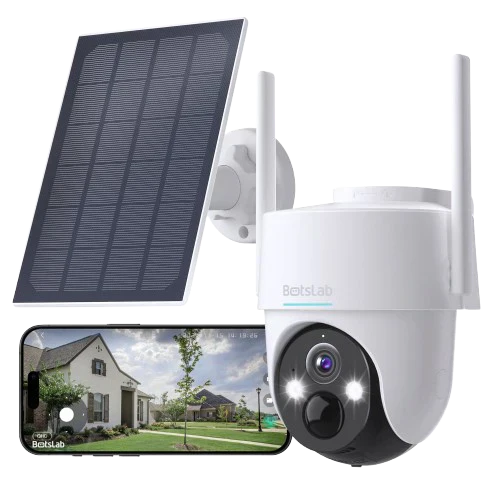
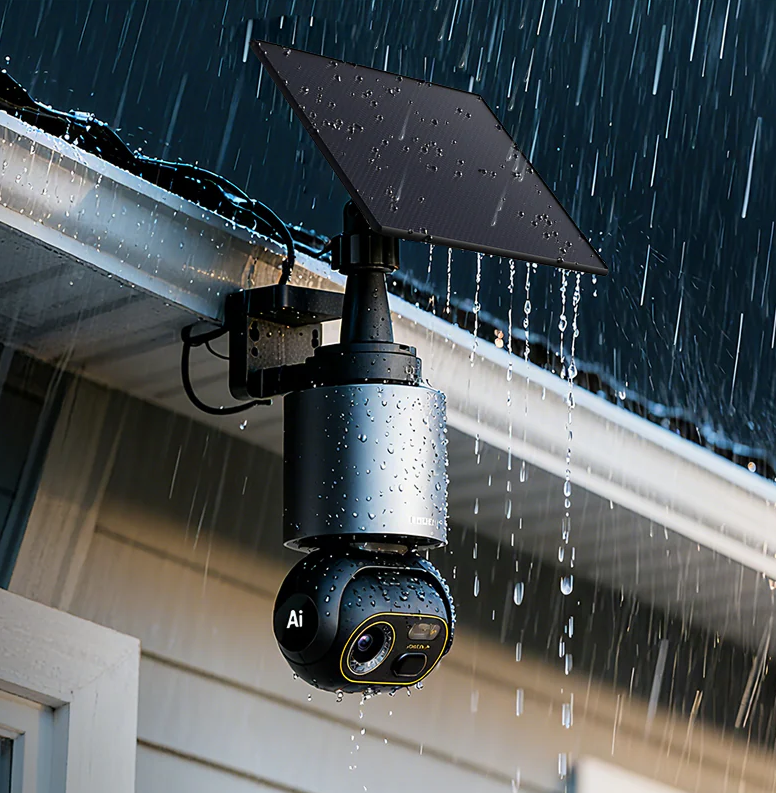
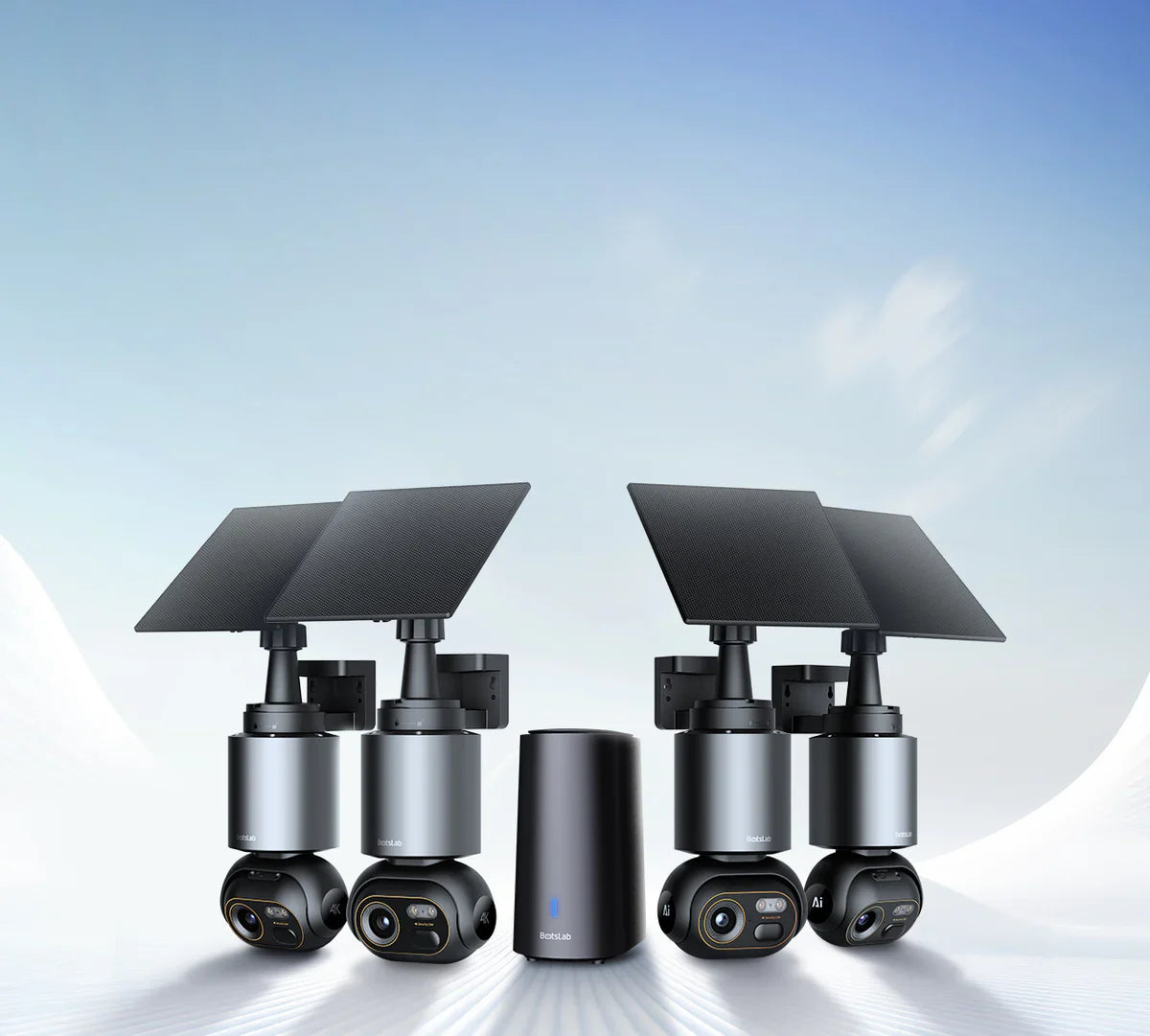
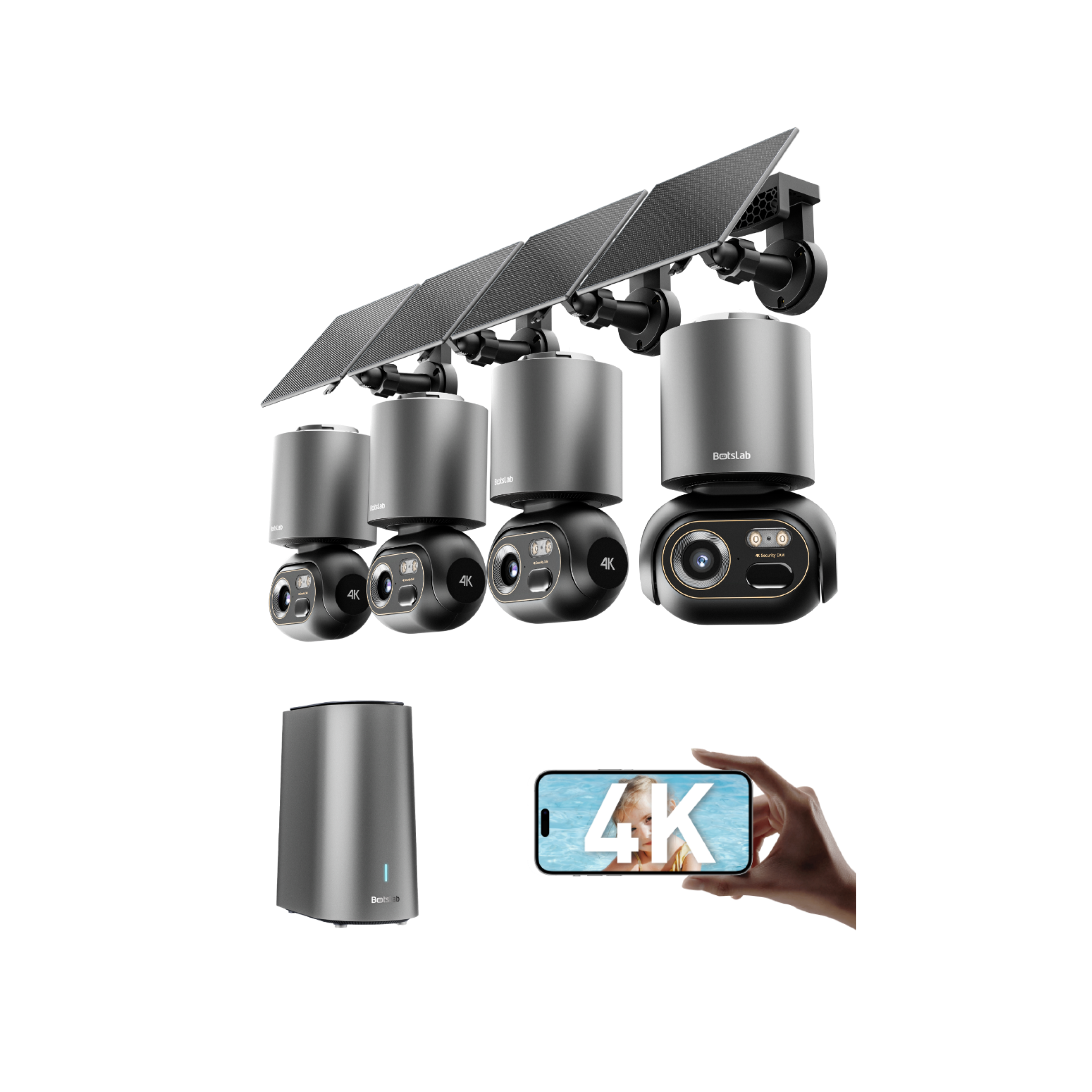

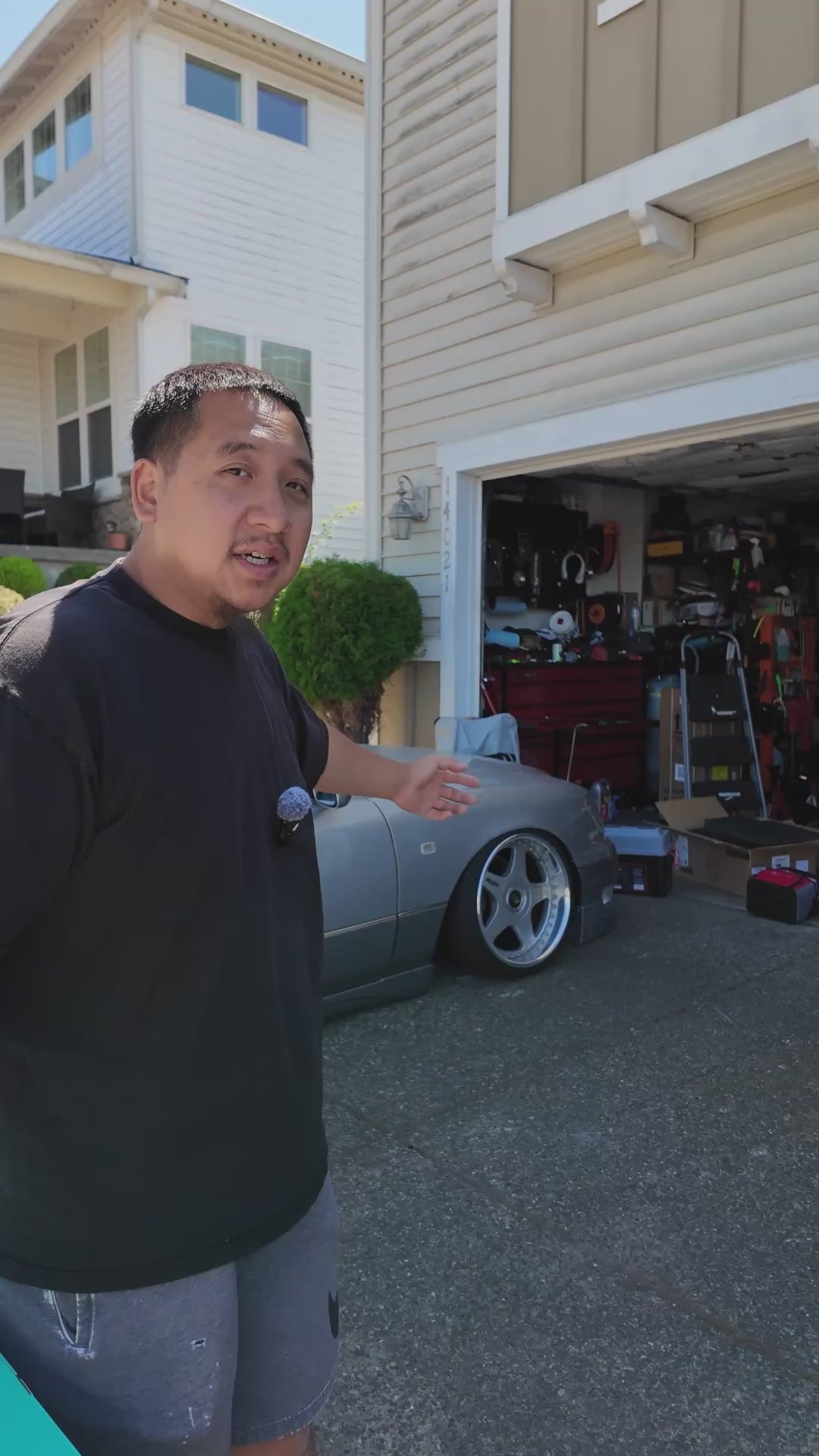
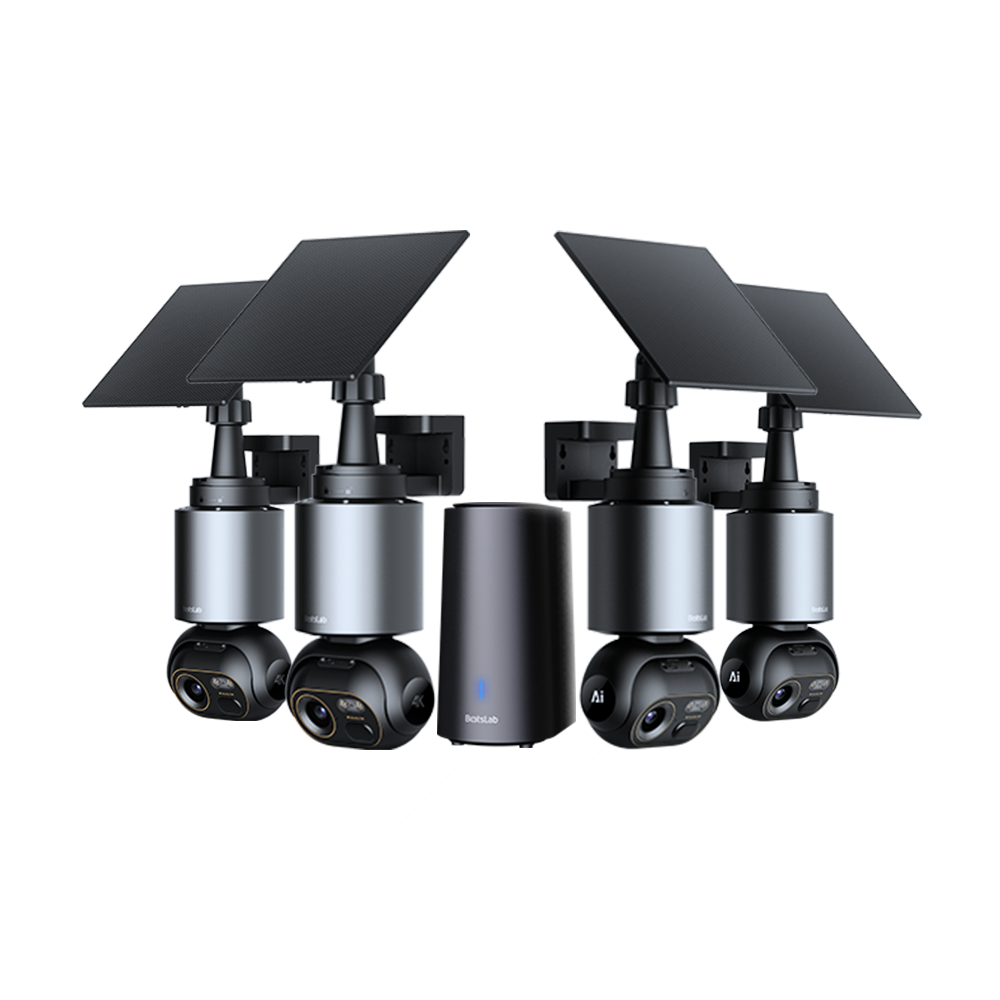


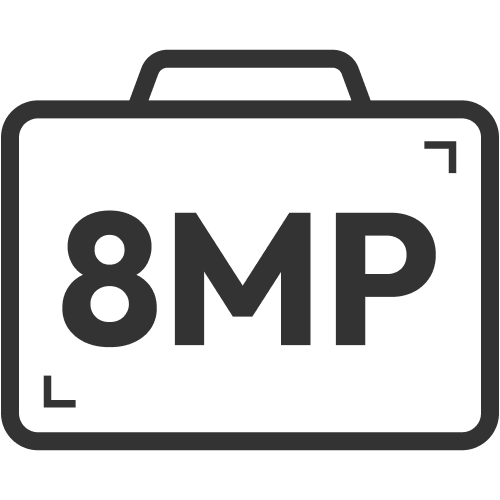

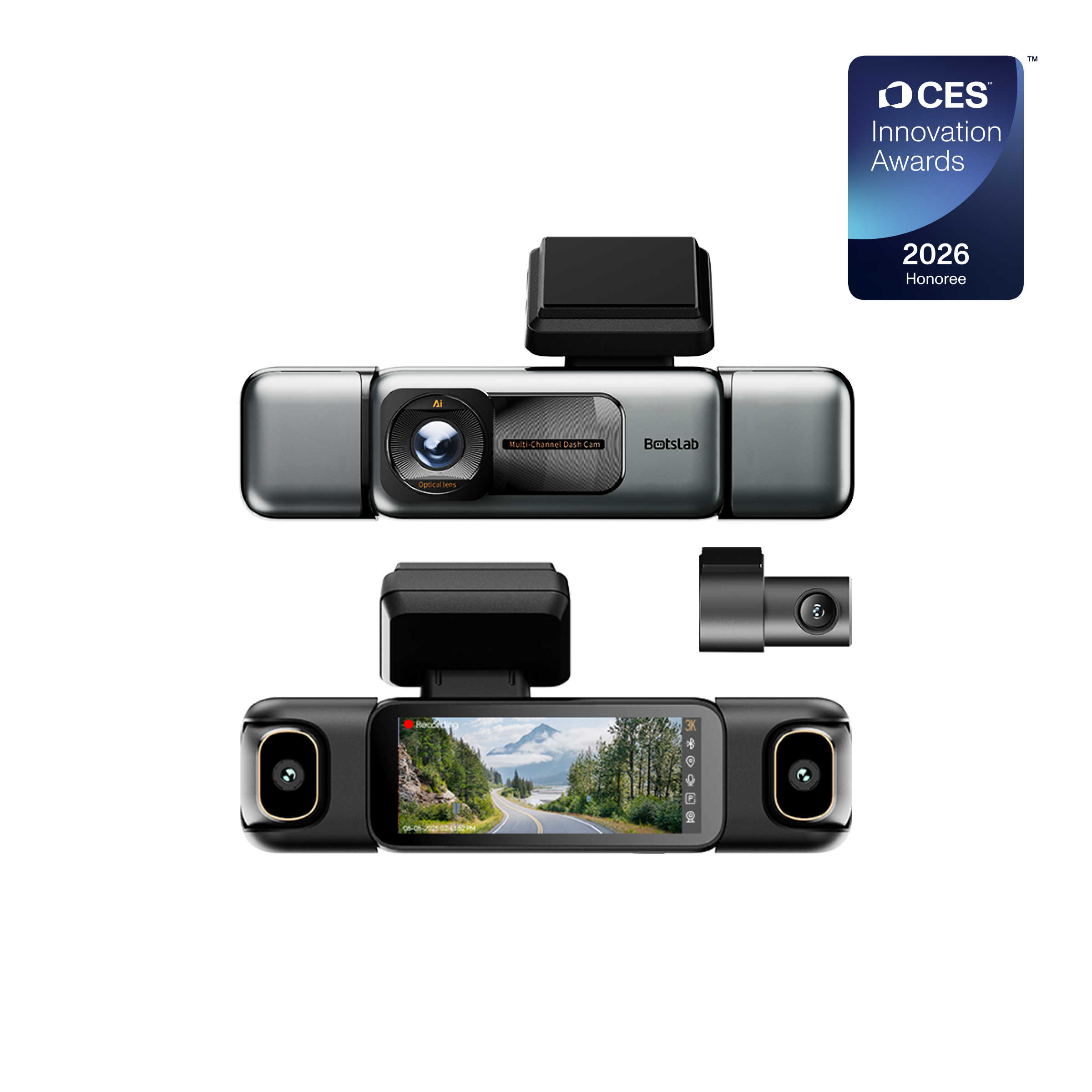
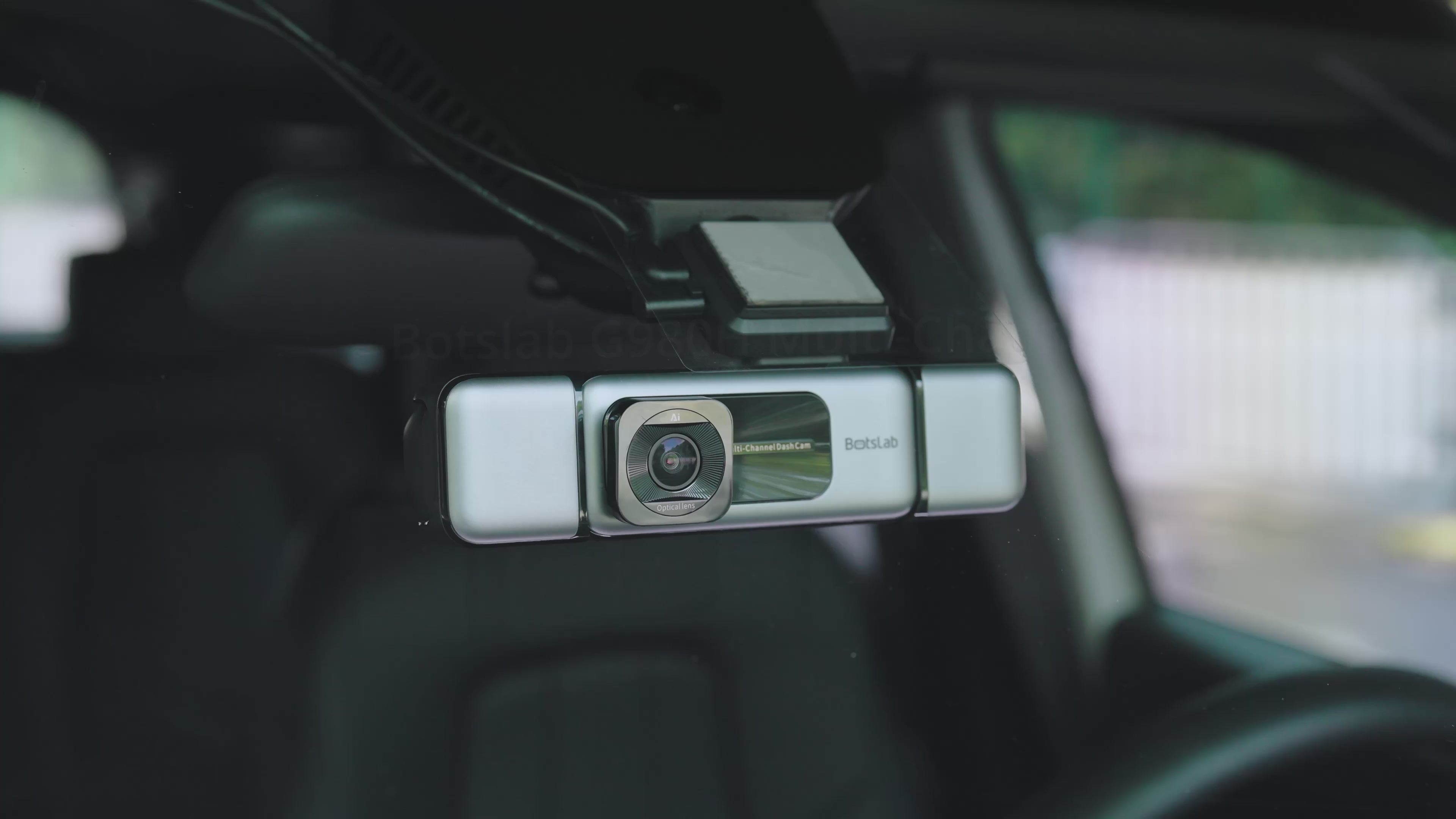
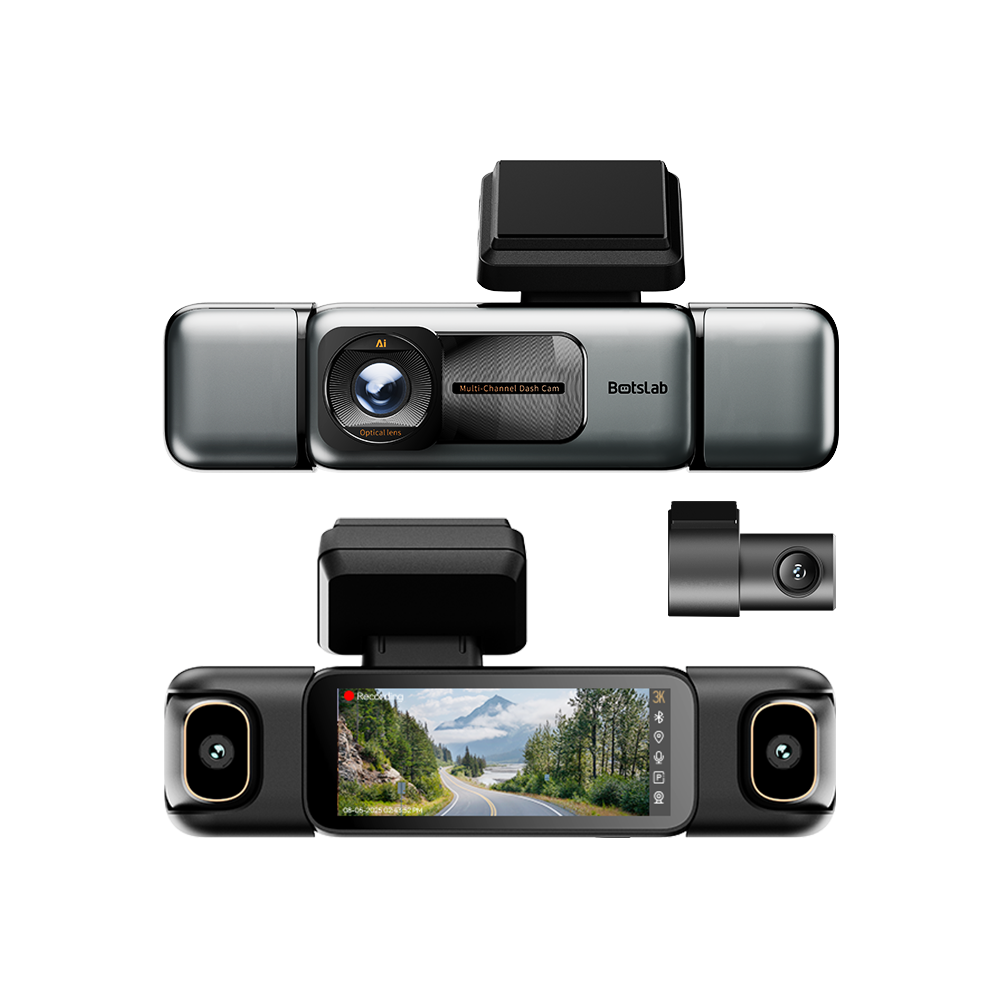
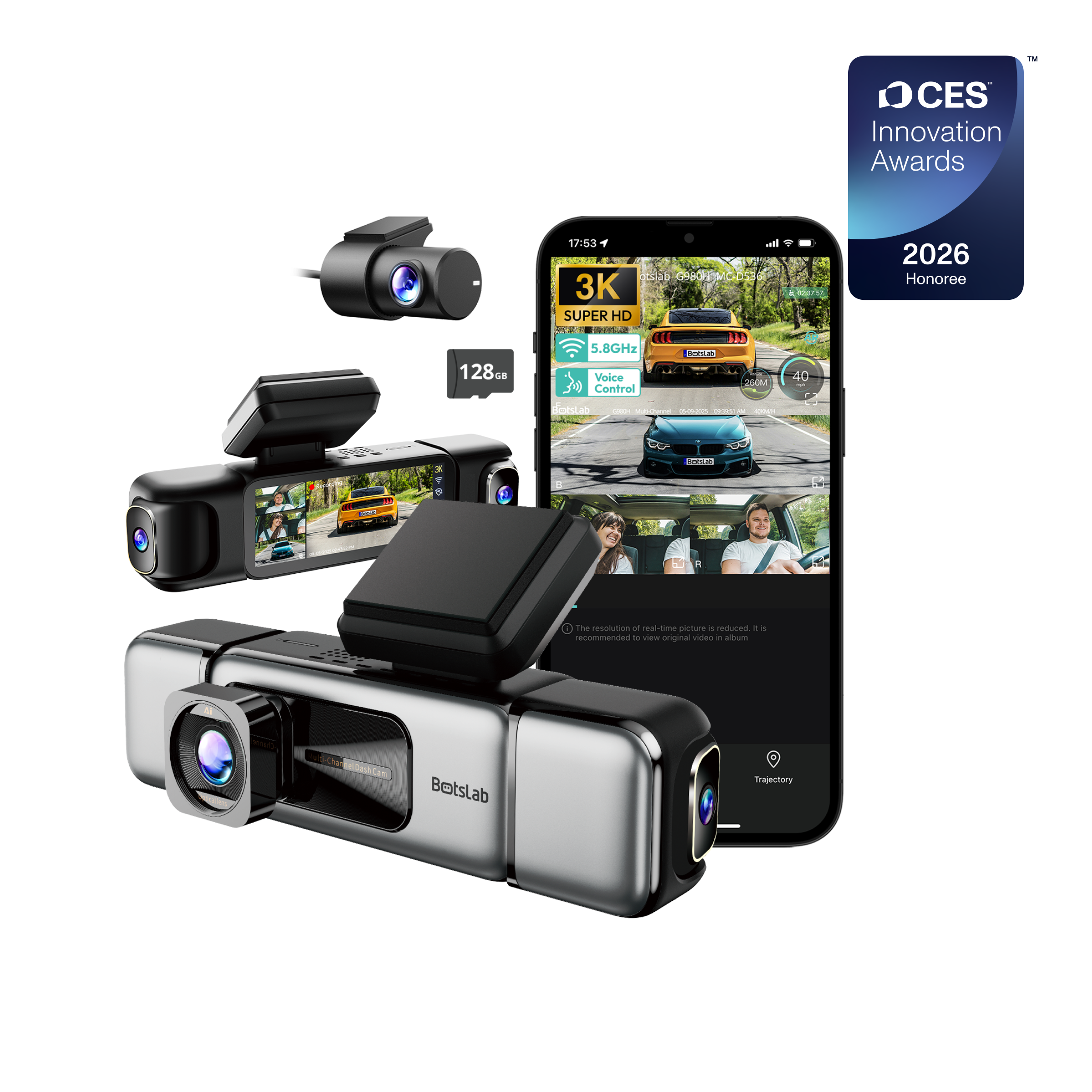
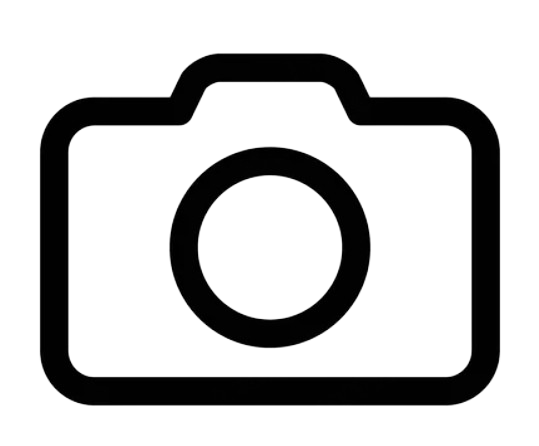

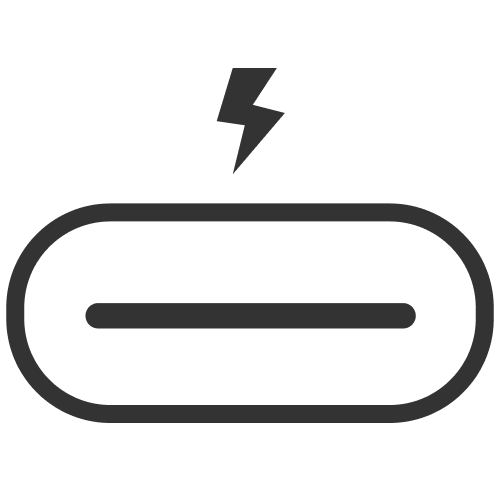
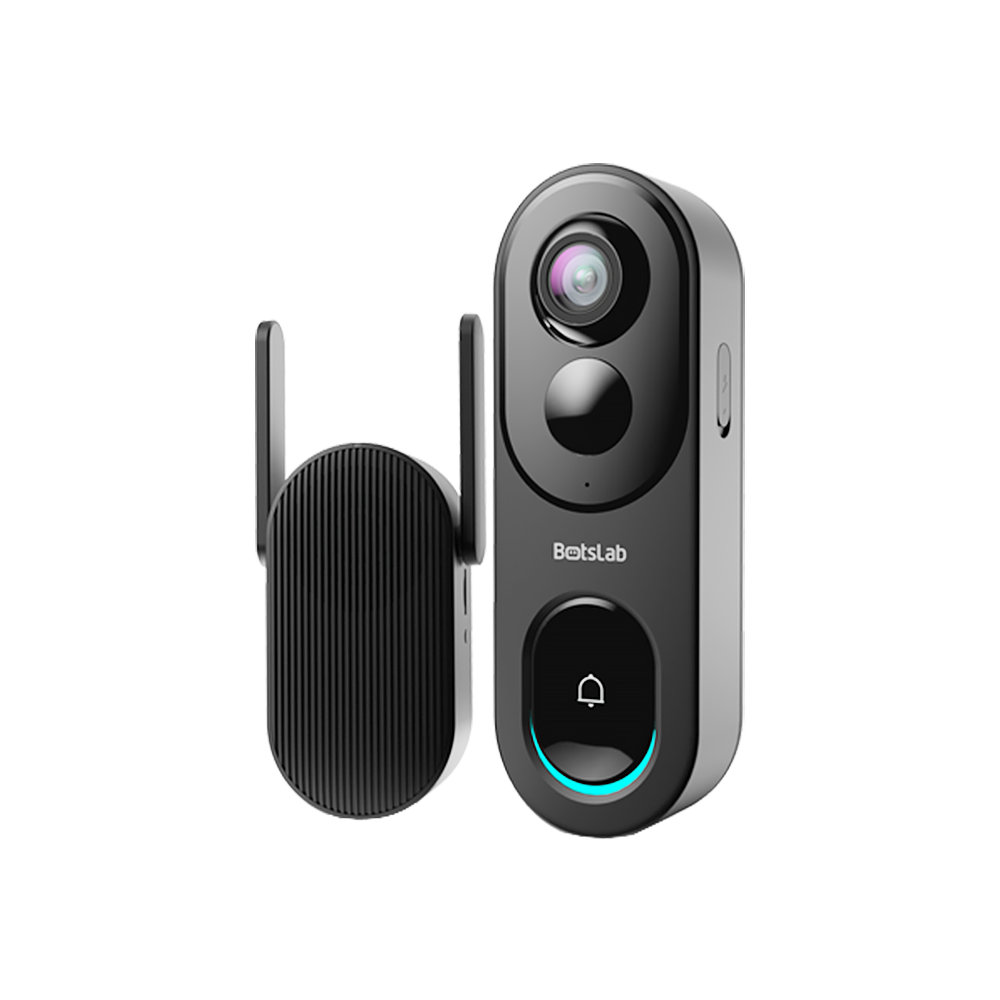
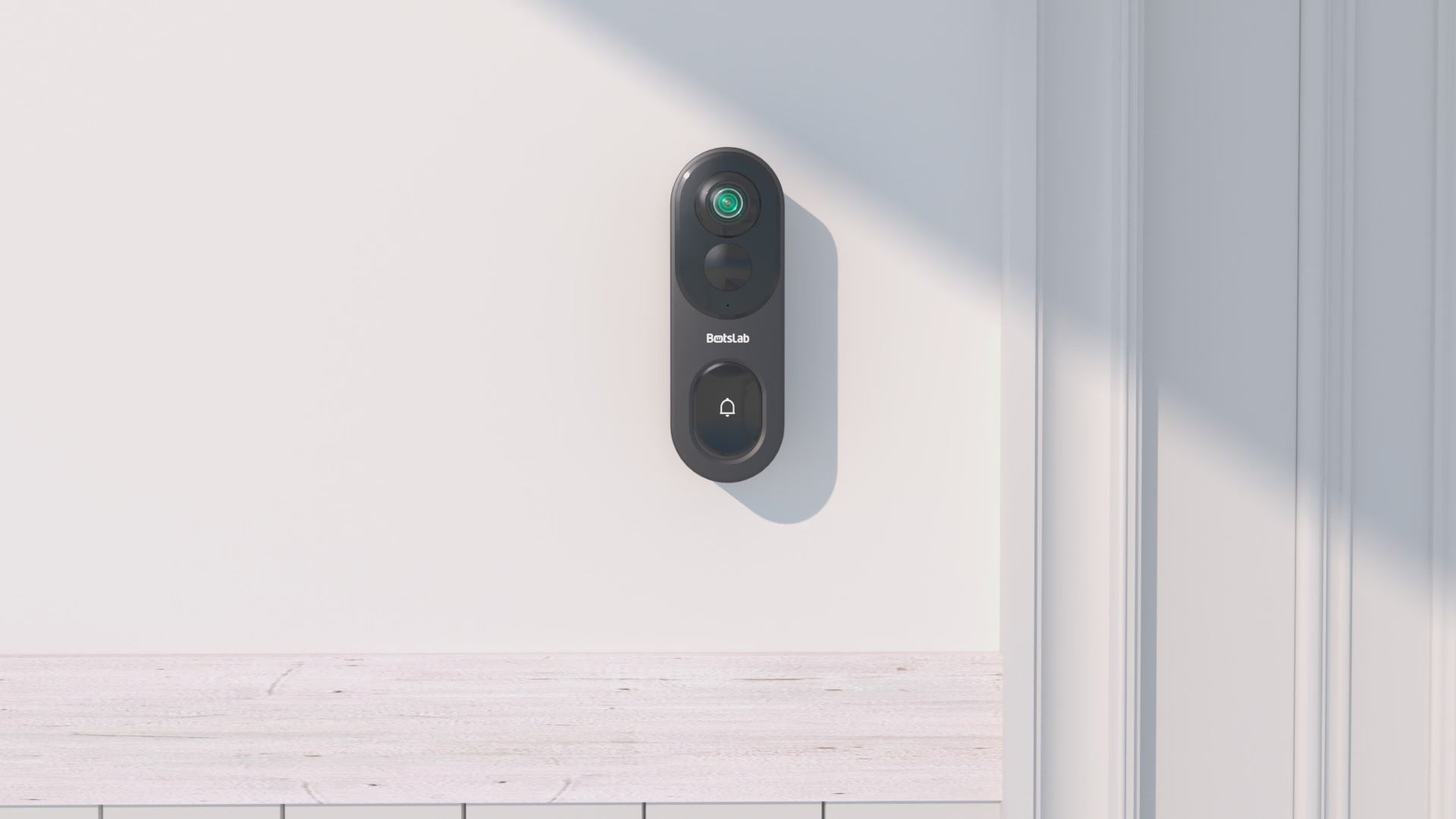
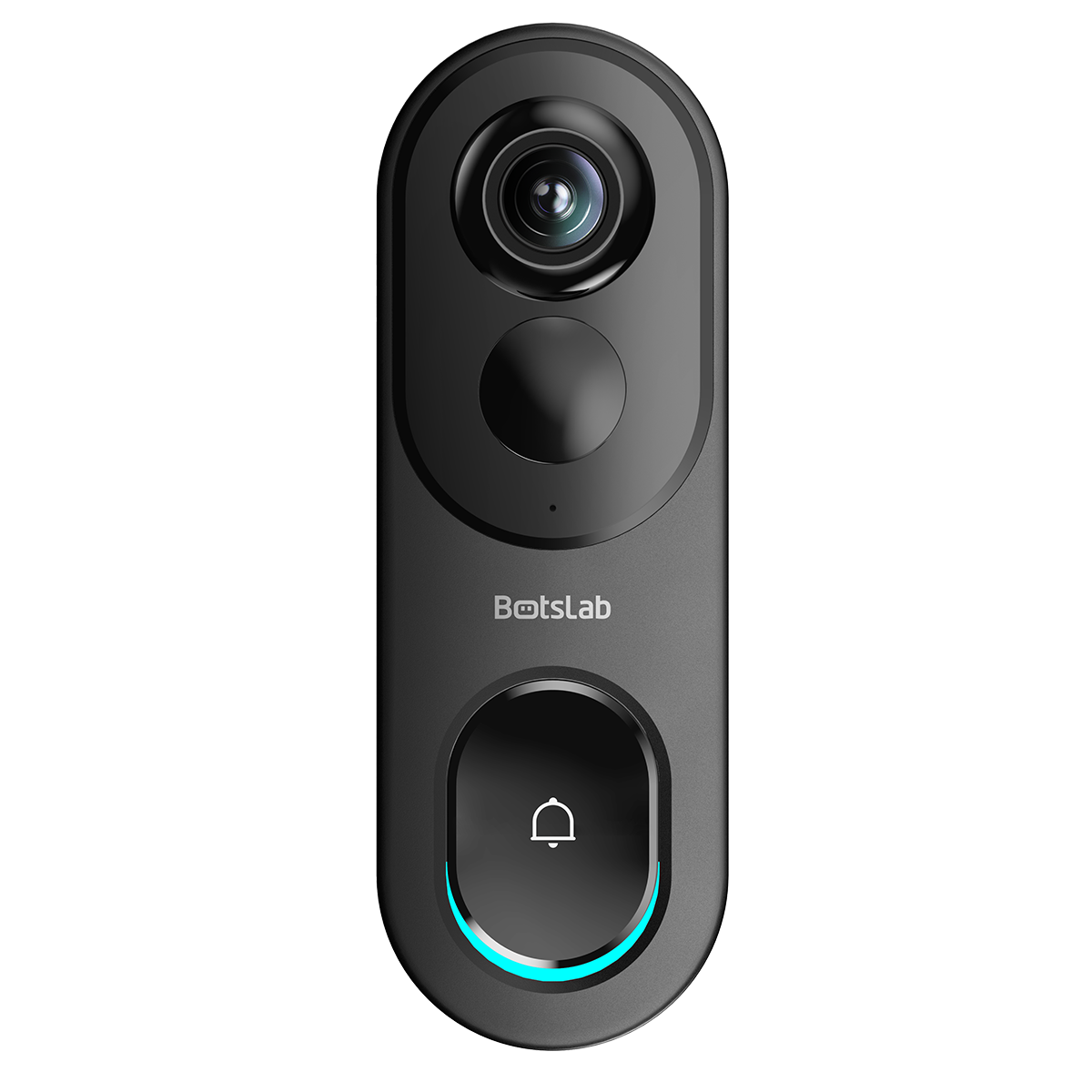

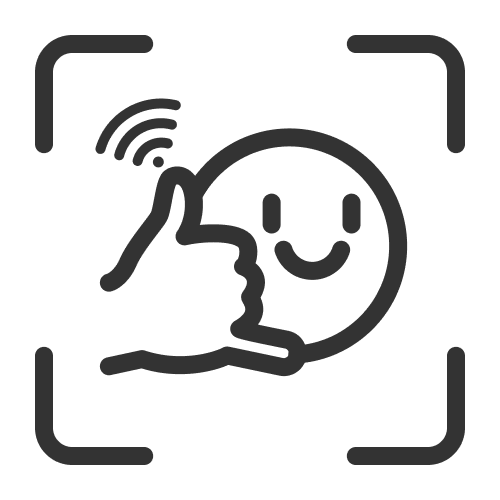

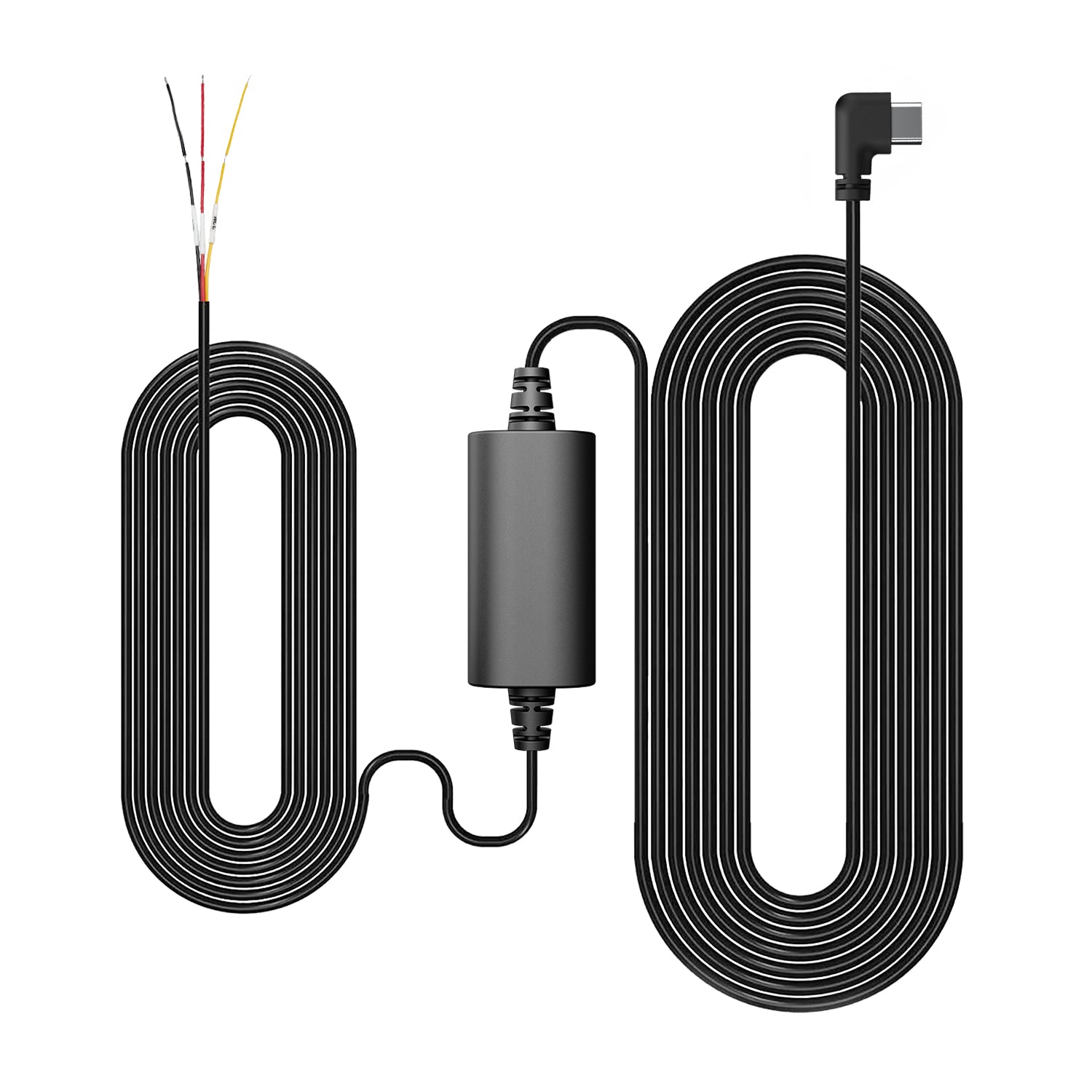
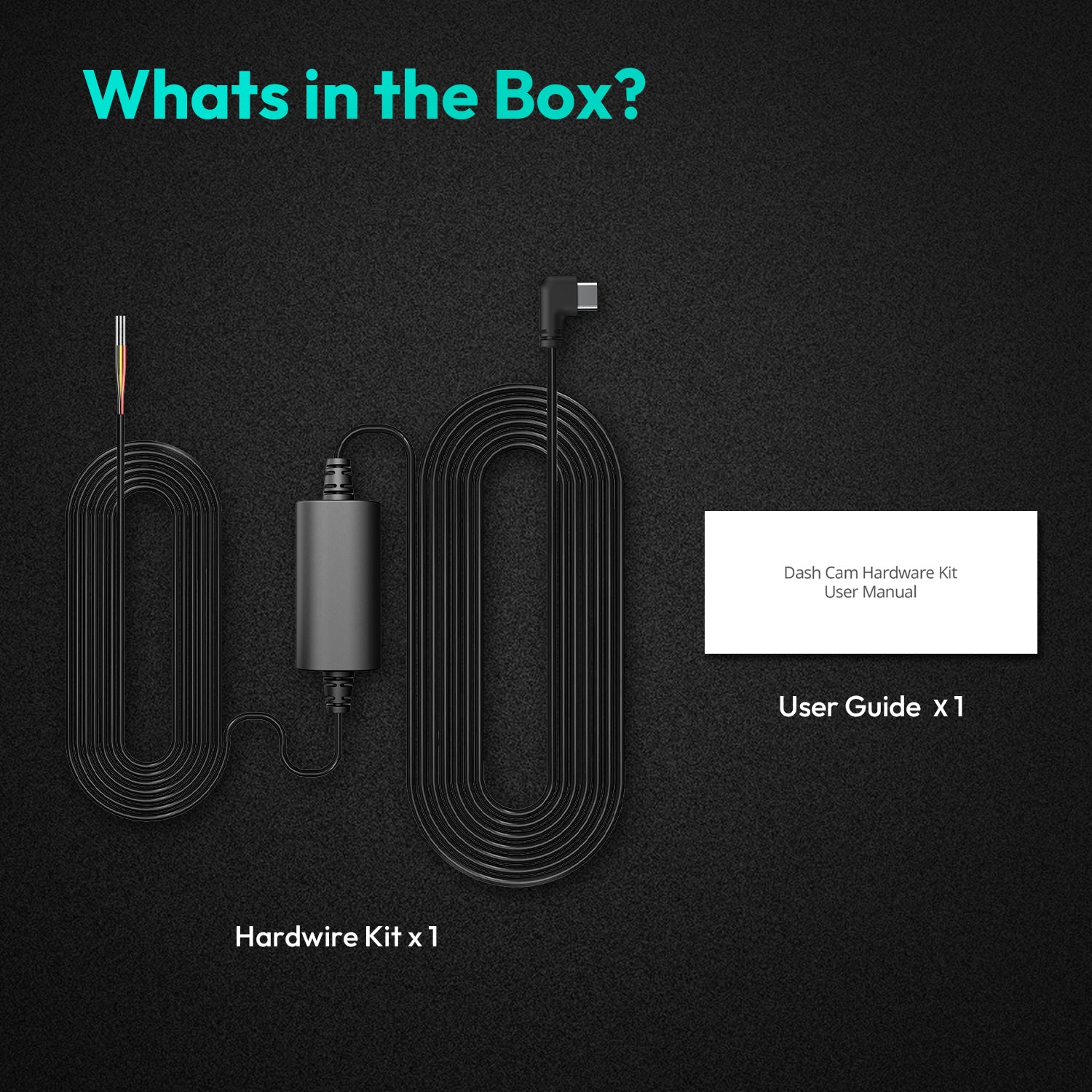
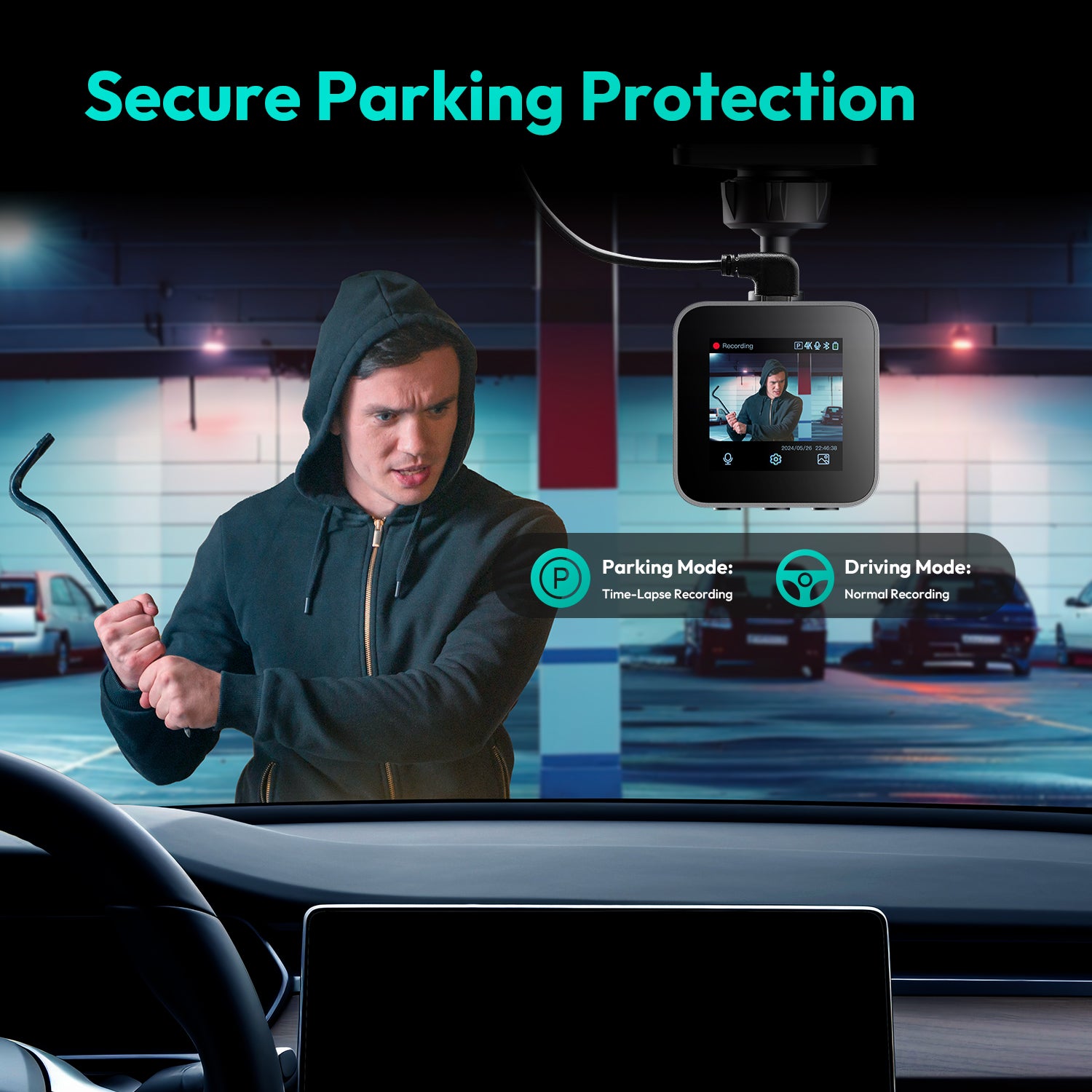
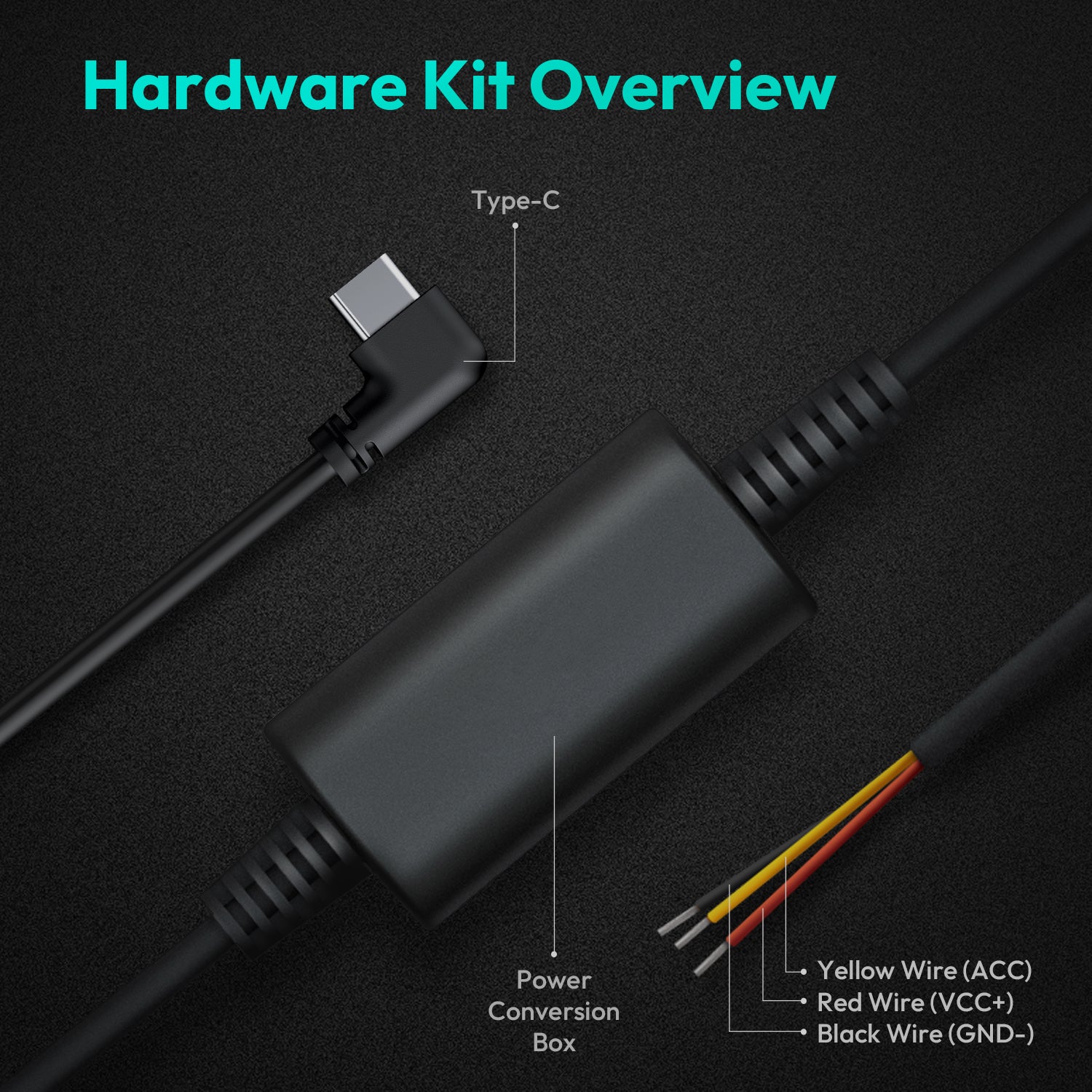
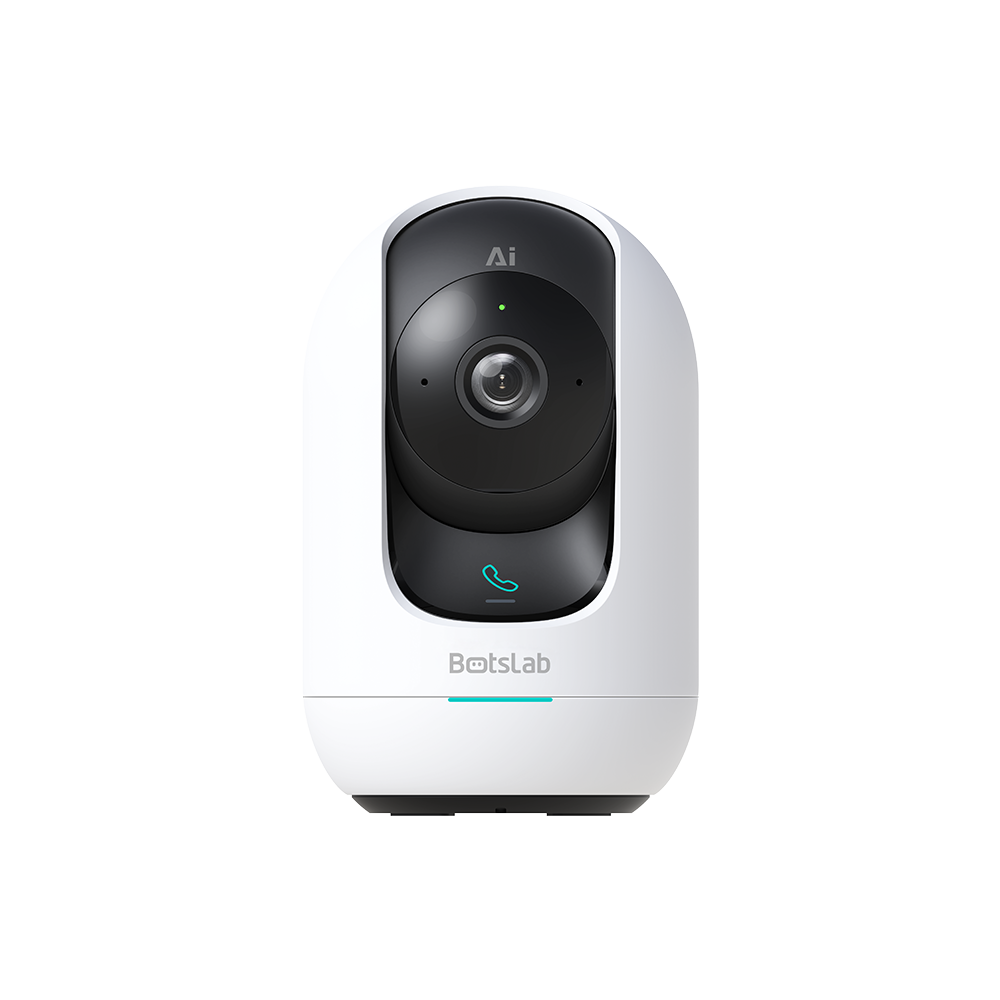
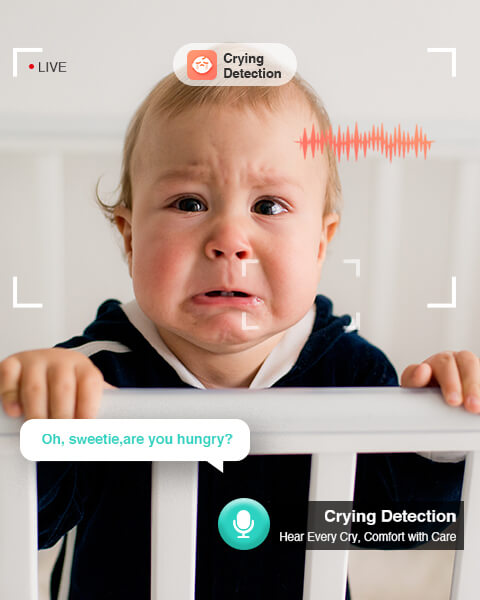
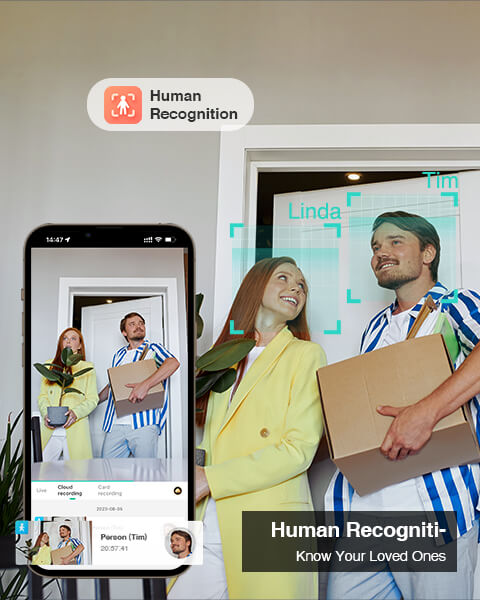
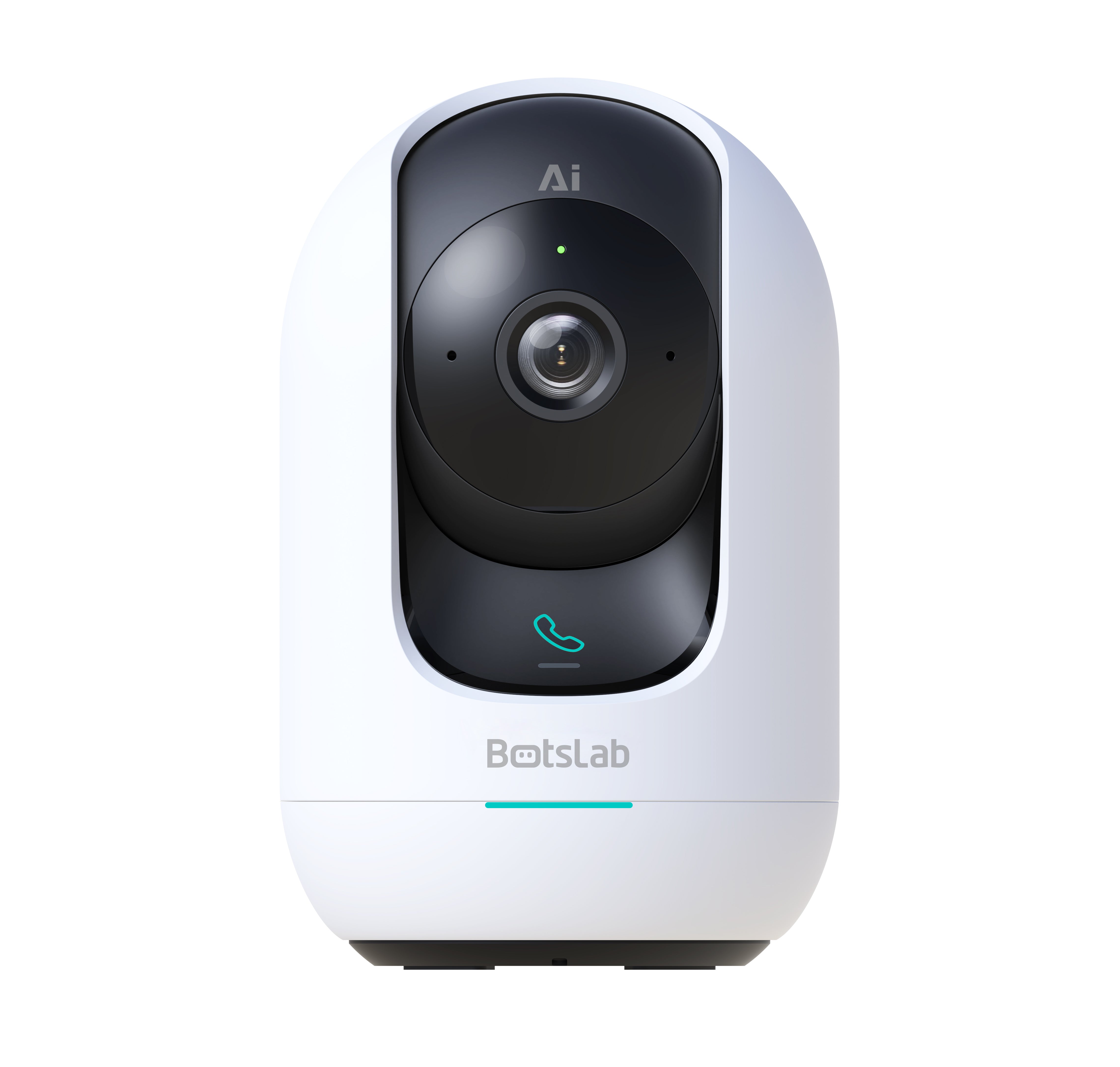
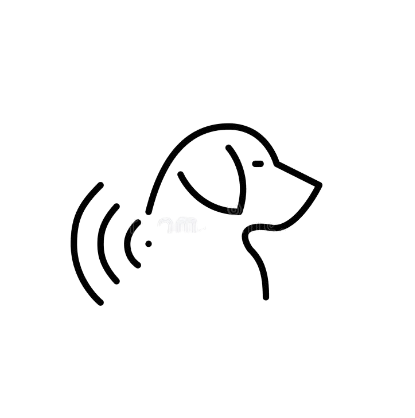
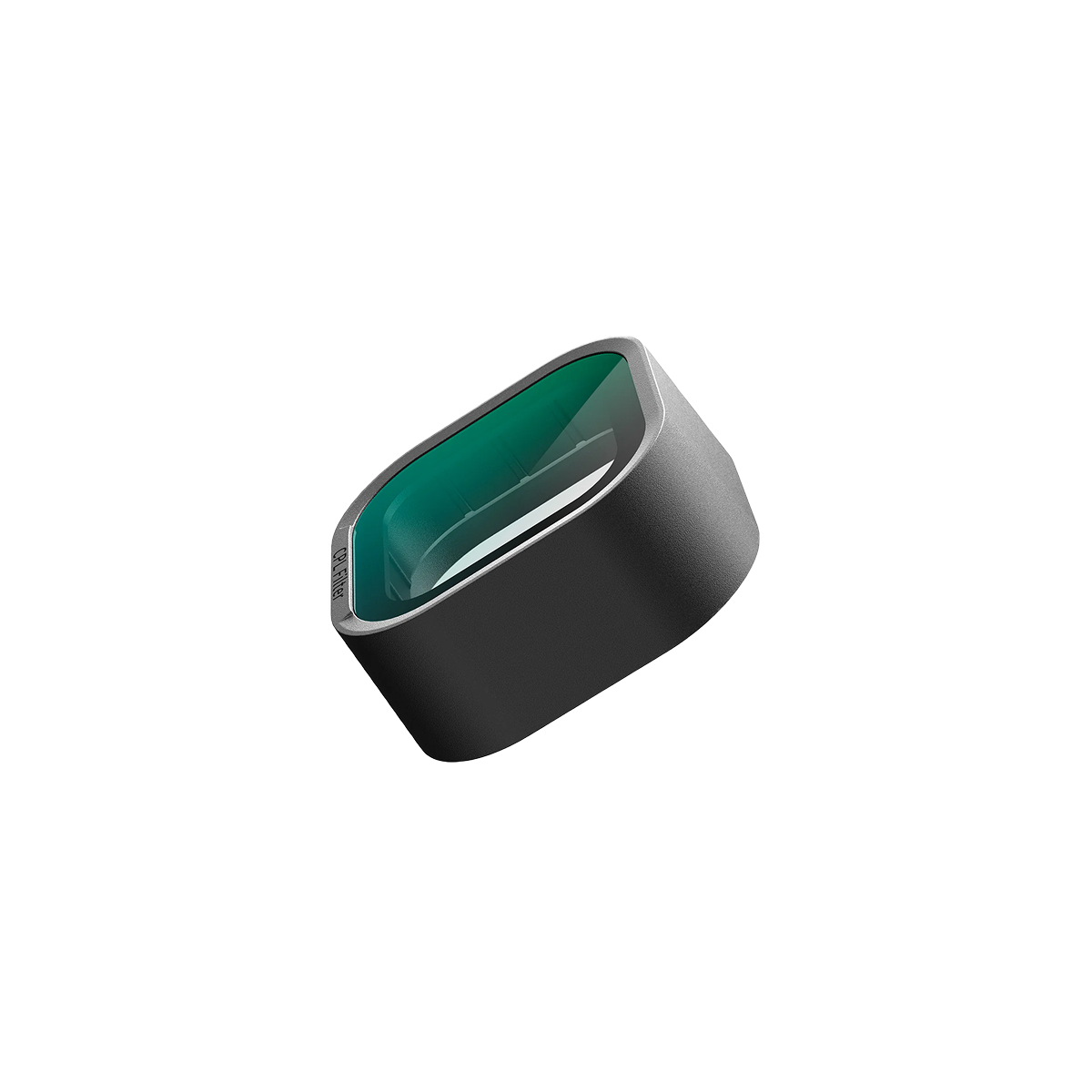
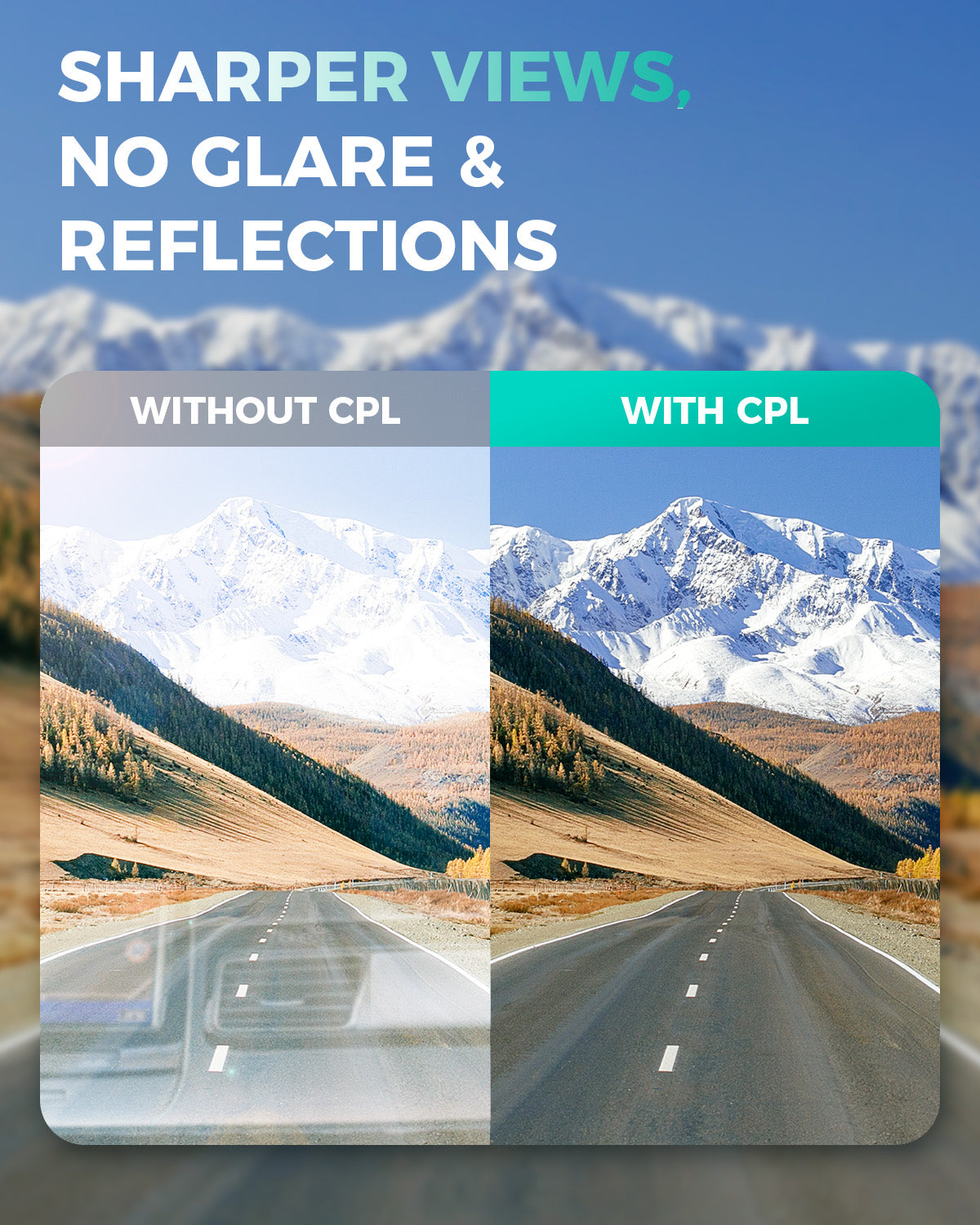

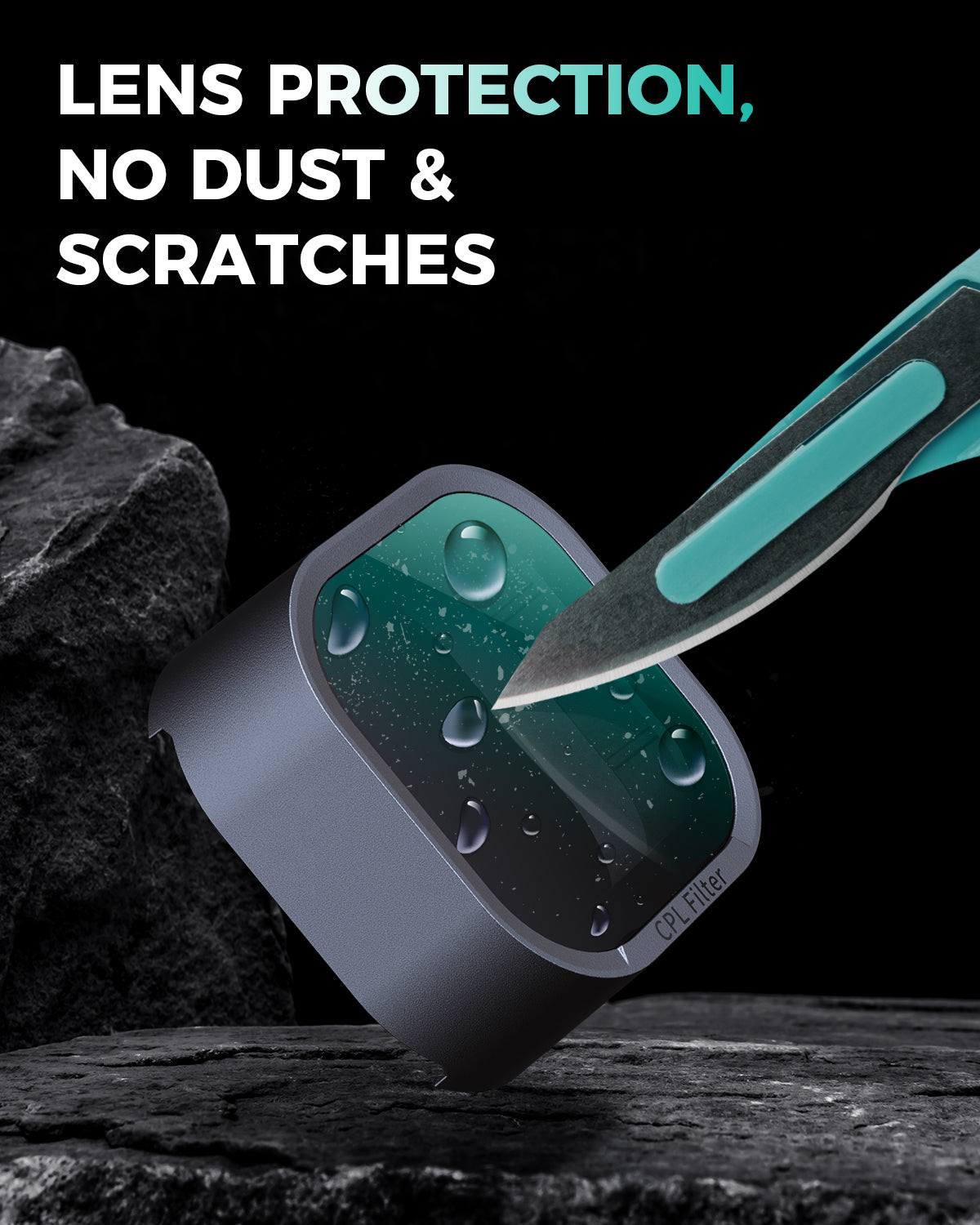
Share:
5 essential tips for picking the right security camera
Comparing the Best Dash Cam Models for Every Driver